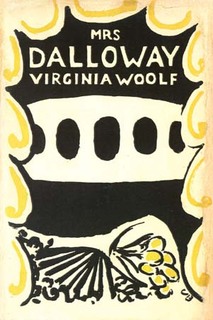
I have admired Mrs. Dalloway since my college days in the 1960s, despite a professor who said that Virginia Woolf was “more intellectually limited than James Joyce.” Like Joyce’s Ulysses, Mrs. Dalloway (1925) is set in a single city on a single day. But while Bloomsday—June 16—is celebrated in Dublin and around the world, Dallowday—June 13—is overlooked in London and everywhere else. That’s an injustice to an intellectually wide-ranging, stylistically innovative, and emotionally powerful novel.
Woolf’s heroine, Clarissa Dalloway, is a middle-aged, emphatically married society hostess planning a large party in the evening. Through Clarissa’s consciousness, plus the thoughts and memories of the many people she encounters, Woolf gives a panoramic view of London after the Great War, with multiple perspectives of class, generation, and gender. Most important, she counterpoints Clarissa’s story with the tragic story of Septimus Warren Smith, a shellshocked young veteran suffering from post-traumatic stress syndrome.
A major motif is the clash between Big Ben, the external, historical clock, and the internal time of consciousness, memory, and dreams, including women’s time, what we now call the biological clock. For Clarissa, the end of her reproductive life demands a redefinition of her whole existence as a woman. Her poignant and profound self-questioning is juxtaposed with issues including homosexuality, women’s rights, refugees, colonialism, even terrorism.
Mrs. Dalloway will come out of copyright in 2020. I hope by then we’ll be celebrating Dallowday as a tribute to a great writer and a great novel.

